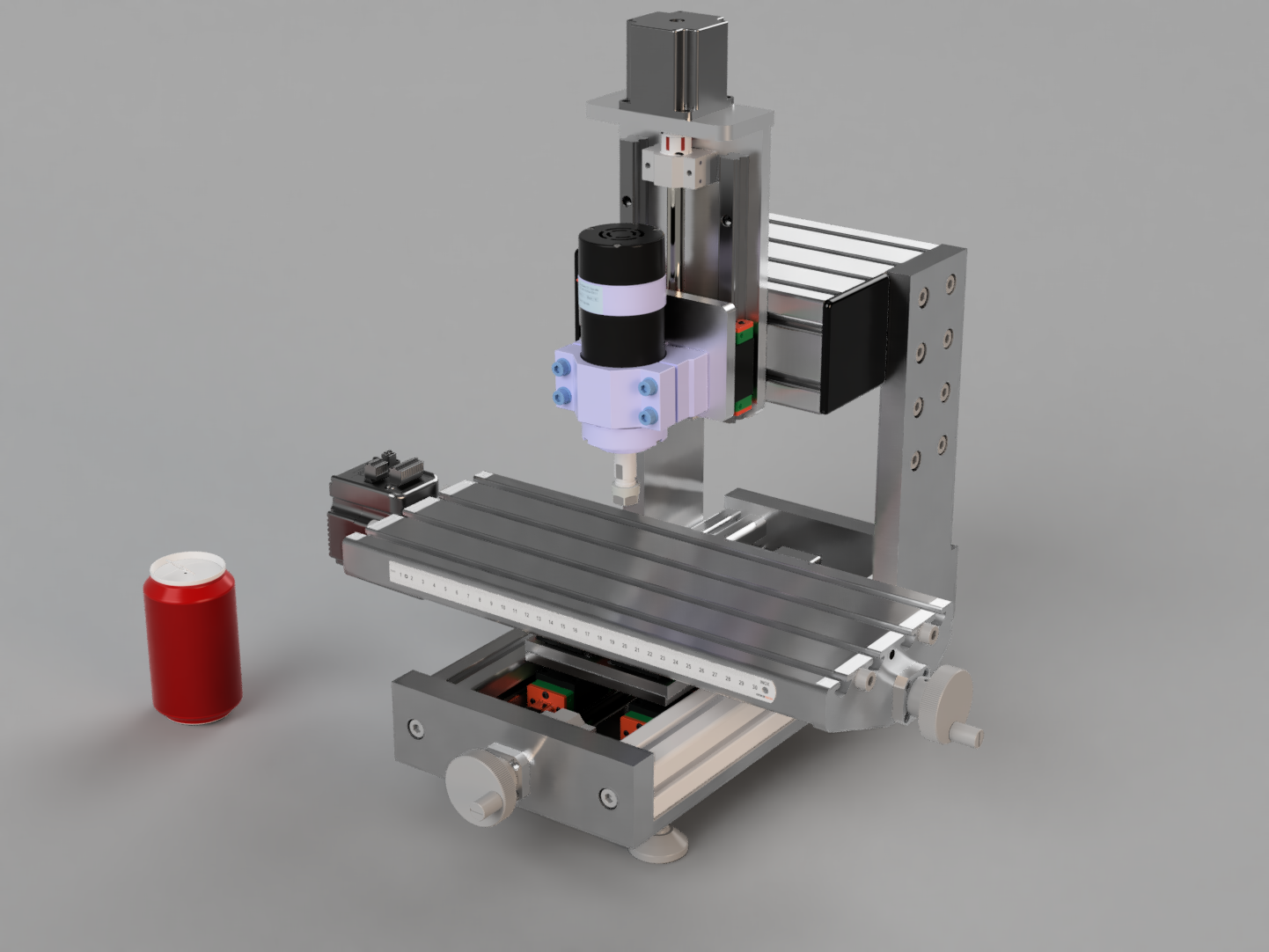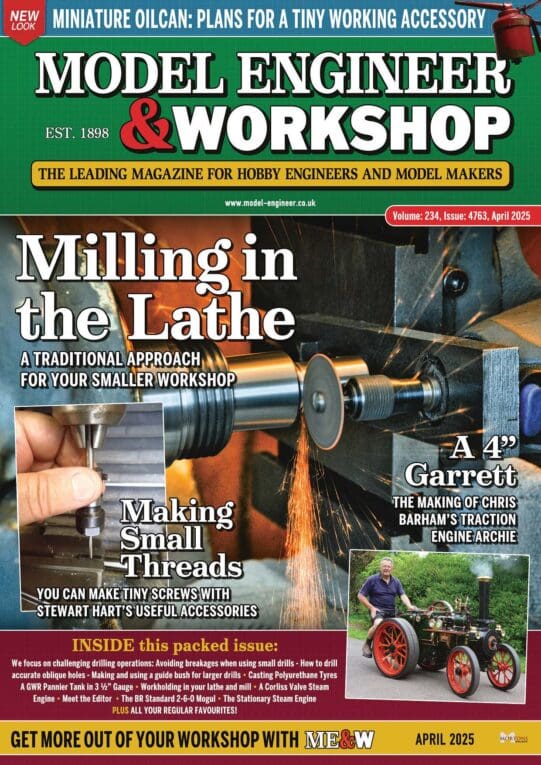not so ‘run of the mill’?
not so ‘run of the mill’?
- This topic has 15 replies, 7 voices, and was last updated 31 January 2025 at 17:21 by
simondavies3.
Viewing 16 posts - 1 through 16 (of 16 total)
Viewing 16 posts - 1 through 16 (of 16 total)
- Please log in to reply to this topic. Registering is free and easy using the links on the menu at the top of this page.
Latest Replies
Viewing 25 topics - 1 through 25 (of 25 total)
-
- Topic
- Voices
- Last Post
Viewing 25 topics - 1 through 25 (of 25 total)
Latest Issue
Newsletter Sign-up
Latest Replies
- Schrader value core _extractor_ thread?
- Pipe Unions, Fittings, Standard Dimensions, CAD
- What size gear cutter for gear
- Good quality Jewellers screwdrivers.
- 24cc DIESEL ENGINE FROM SOLID
- Measuring increments on boring head
- Sieg SX2P – DRO, power feeds, CNC? What first?
- Warco 220
- DRO PCD function oddity?
- Boiler Silver Soldering – Not gone well.







